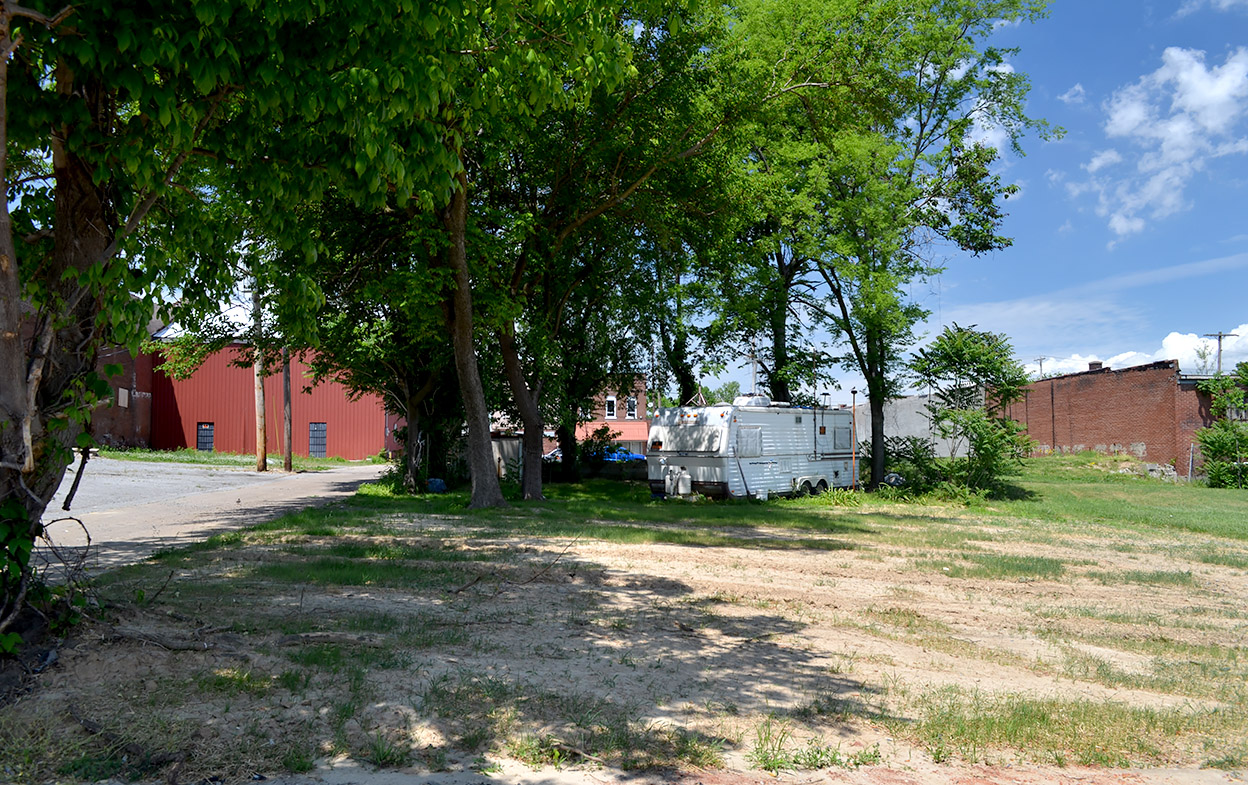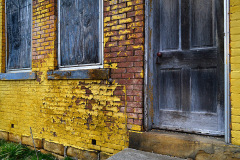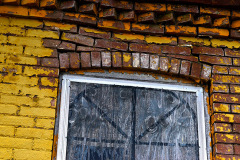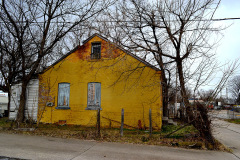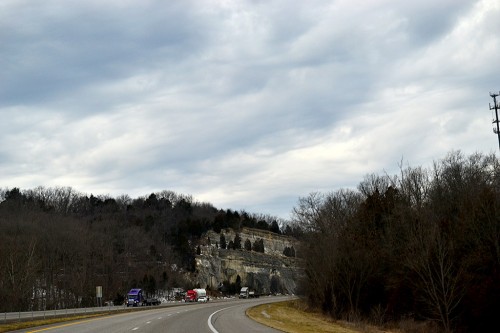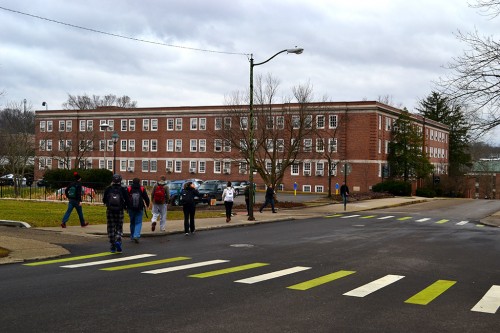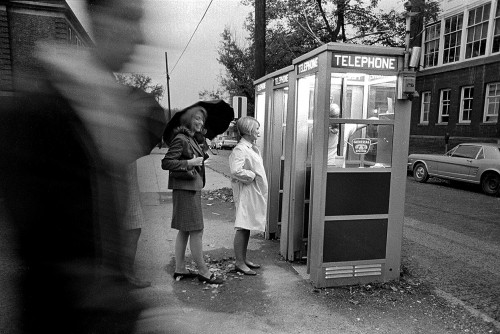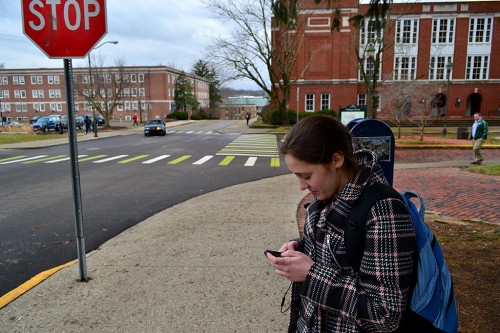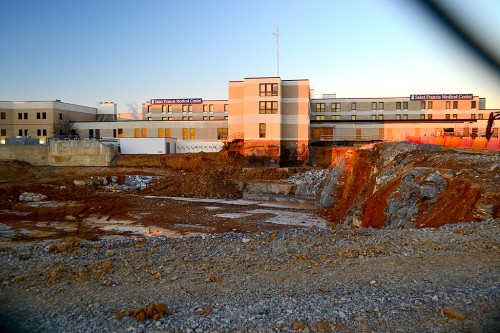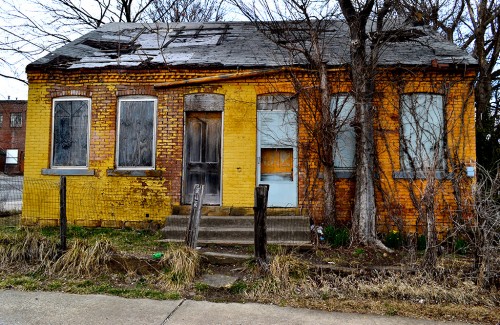 I love prowling alleys. You can find the most interesting things. Mother and I stumbled onto this old house between Good Hope and Morgan Oak Streets. It was 615 of some street that wasn’t identified in Google Maps, so I’m going to assume that it was an unnamed alley.
I love prowling alleys. You can find the most interesting things. Mother and I stumbled onto this old house between Good Hope and Morgan Oak Streets. It was 615 of some street that wasn’t identified in Google Maps, so I’m going to assume that it was an unnamed alley.
I must have missed it before because of all the foliage that grows up around it when the weather is warm.
UPDATE: This was Shinbone alley
You can read a little of the history of Shinbone Alley in this 2007 Missourian story (and see a Fred Lynch photo of the same house).
Not in the National Register area
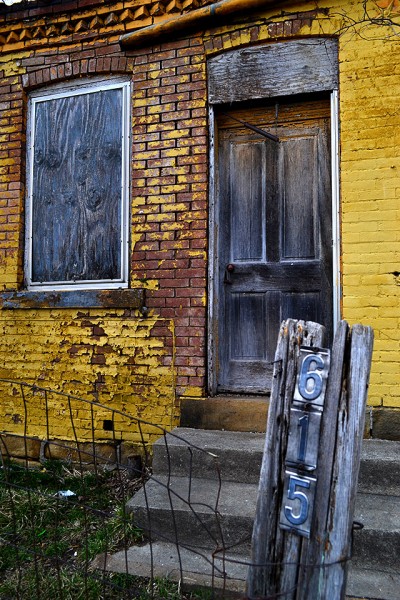 It’s technically not in the official Haarig Commercial District National Register of Historic Places – comprised of a limited number of buildings in the 600 block of Good Hope Street and the 300 block of South Sprigg street – but it is still in the area that most of us would consider Haarig.
It’s technically not in the official Haarig Commercial District National Register of Historic Places – comprised of a limited number of buildings in the 600 block of Good Hope Street and the 300 block of South Sprigg street – but it is still in the area that most of us would consider Haarig.
If you are not familiar with the term “Haarig,” I’ll point you to the National Register of Historic Places application. It will tell you all about this small German settlement inside Cape Girardeau.
2018 Update: The house is gone
When I cruised down Shinbone Alley on May 15, 2018, all that was left of the old yellow house was a vacant lot.
Earlier posts about Good Hope and Haarig
- 632 /Good Hope and LaBlanc’s
- Good Hope in the rain
- Hirsch’s Midtown
- Ed Unger’s Stylerite Barber Shop
- Meyer / Suedekum Hardware
- Farmers and Merchants Bank
- Salvation Army replaces bank
- Doris’ Antiques
Old house photo gallery
Here are some other shots of the old house. Click on any photo to make it larger, then click on the left or right side of the image to move through the gallery. If you have any information about the house, please chime in.

